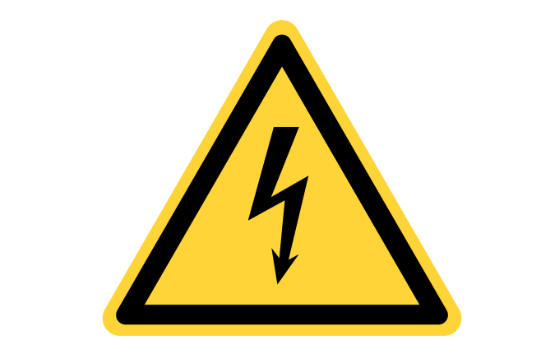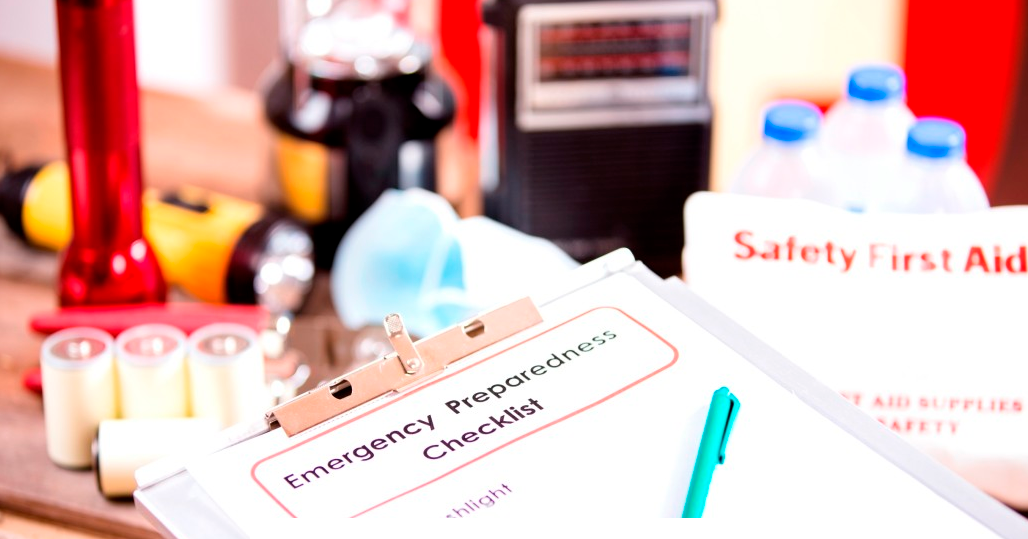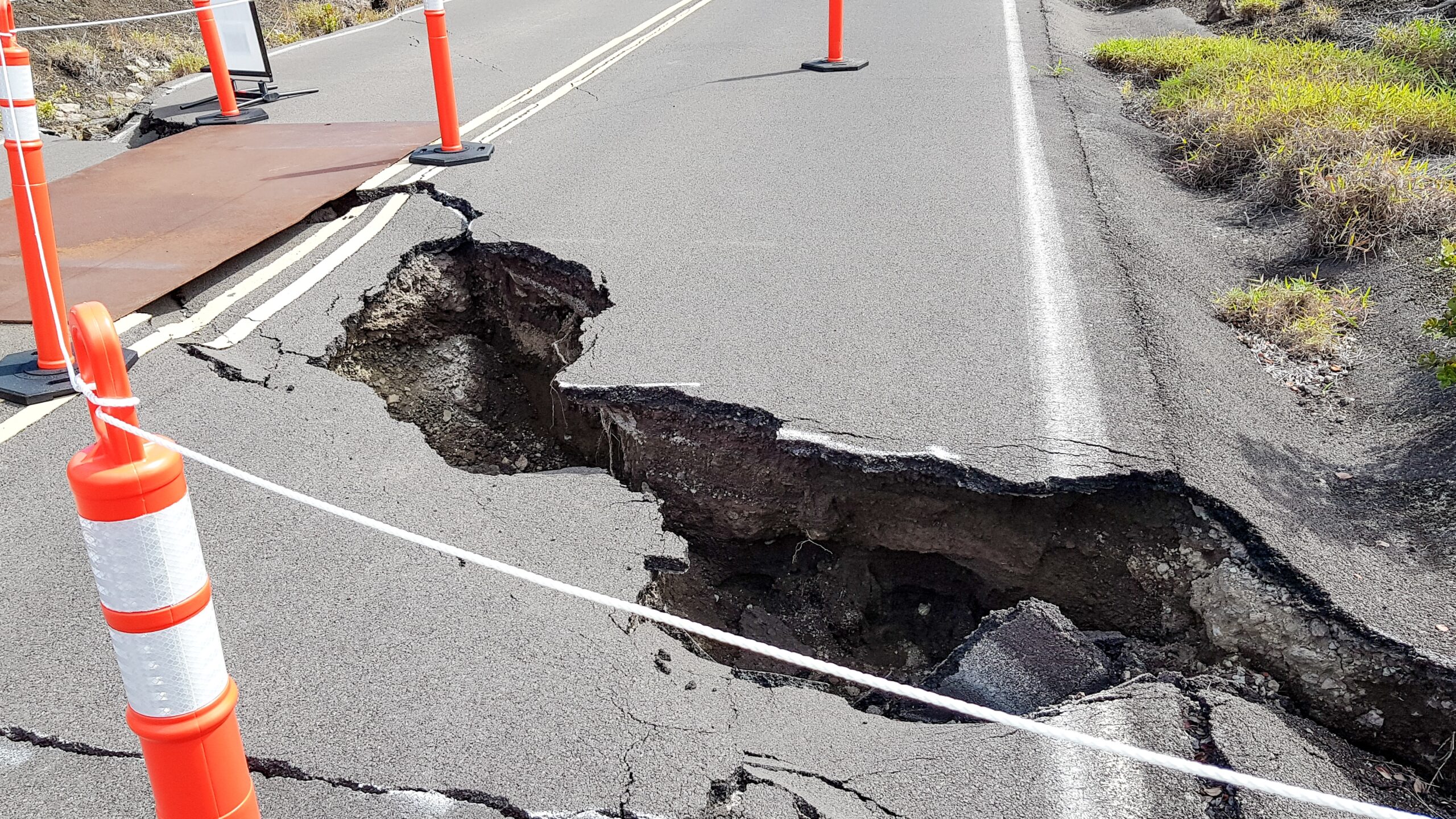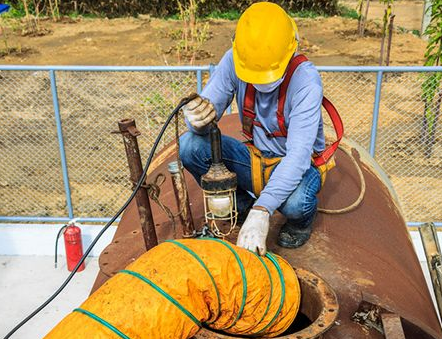-
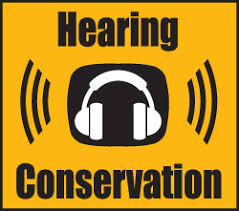
 This lesson will help you recognize the impact of noise on your hearing, the warning signs of hearing loss, and the noise exposure limits that necessitate hearing protection. This lesson will also introduce you to the types of hearing protectors, including their benefits and proper use, and address your responsibilities in supporting your employer’s hearing conservation program.
This lesson will help you recognize the impact of noise on your hearing, the warning signs of hearing loss, and the noise exposure limits that necessitate hearing protection. This lesson will also introduce you to the types of hearing protectors, including their benefits and proper use, and address your responsibilities in supporting your employer’s hearing conservation program. -
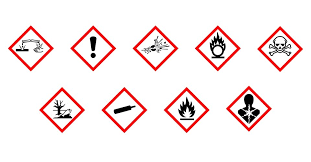
 The goal of this lesson is for employees to recognize and understand how to identify chemical hazards using the GHS international classification of chemical hazards, label elements, and Safety Data Sheets. This lesson does not address the use of labels, markings or other communication methods that are employer or facility-specific and not within the scope of this lesson.
The goal of this lesson is for employees to recognize and understand how to identify chemical hazards using the GHS international classification of chemical hazards, label elements, and Safety Data Sheets. This lesson does not address the use of labels, markings or other communication methods that are employer or facility-specific and not within the scope of this lesson. -

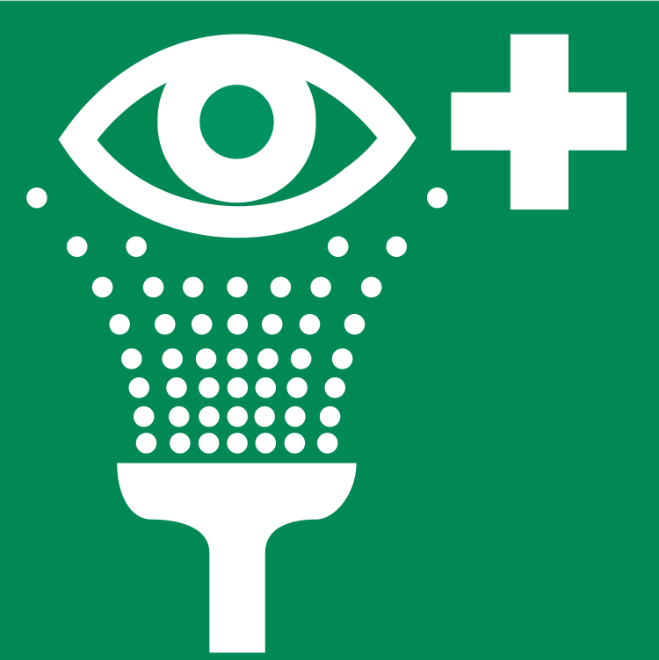 The first 10 to 15 seconds after exposure to a hazardous substance, especially a corrosive substance, are critical. Delaying treatment, even for a few seconds, may cause serious injury. Emergency showers and eyewash stations provide on-the-spot decontamination. They allow workers to flush away hazardous substances that can cause injury.
The first 10 to 15 seconds after exposure to a hazardous substance, especially a corrosive substance, are critical. Delaying treatment, even for a few seconds, may cause serious injury. Emergency showers and eyewash stations provide on-the-spot decontamination. They allow workers to flush away hazardous substances that can cause injury. -
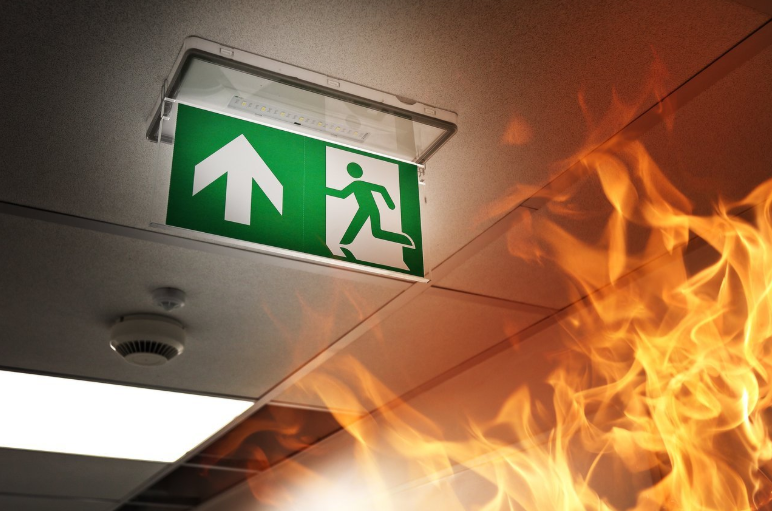
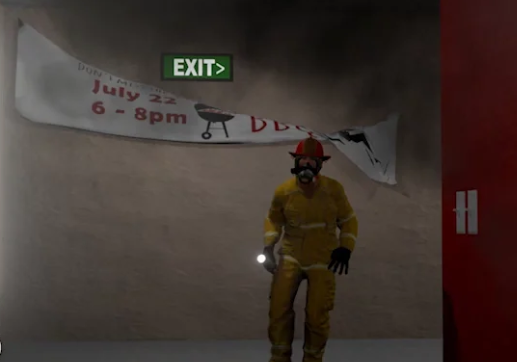 This lesson creates awareness about the dangers of fire and other emergencies, provides an overview of the requirements for emergency action and fire prevention plans, and touches on best practices for responding to alarms and practicing preparedness through drills. This lesson does not cover how to prepare for hazardous waste material emergencies or responses such as cleanup.
This lesson creates awareness about the dangers of fire and other emergencies, provides an overview of the requirements for emergency action and fire prevention plans, and touches on best practices for responding to alarms and practicing preparedness through drills. This lesson does not cover how to prepare for hazardous waste material emergencies or responses such as cleanup. -
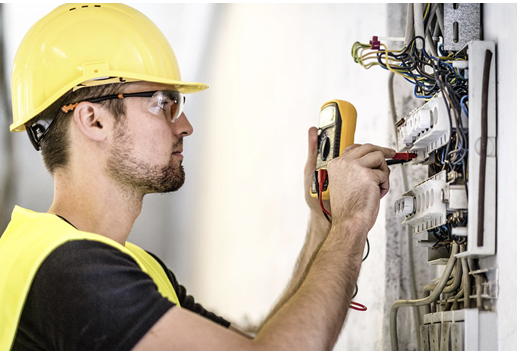
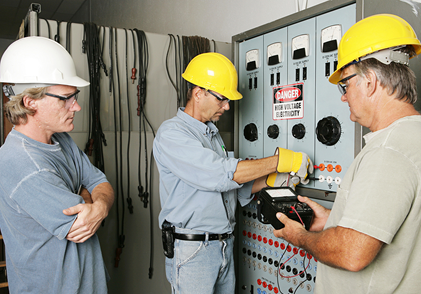 Electrical safety training is important and often required workplace safety training. Electrical safety training does not make you or your employees a licensed electrician. Rather it teaches you limitations as an unlicensed person and how to identify unsafe conditions so you don’t become a statistic. Electricity is everywhere, so reliable and useful these days that it is often taken for granted, and it is somewhat shocking how little is actually understood about its properties by the general public, another reason why electrical safety training is important.
Electrical safety training is important and often required workplace safety training. Electrical safety training does not make you or your employees a licensed electrician. Rather it teaches you limitations as an unlicensed person and how to identify unsafe conditions so you don’t become a statistic. Electricity is everywhere, so reliable and useful these days that it is often taken for granted, and it is somewhat shocking how little is actually understood about its properties by the general public, another reason why electrical safety training is important.








